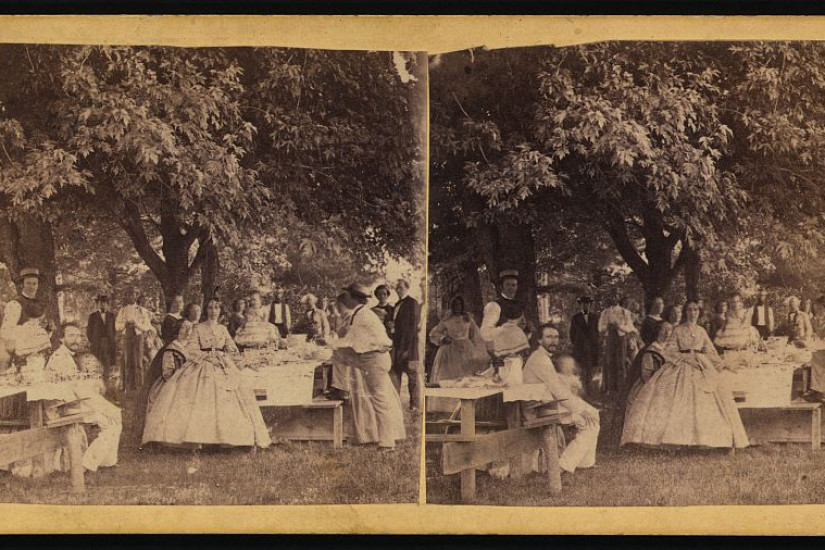Exchanging photographs with strangers to build social networks of like-minded individuals is nothing new. From its invention in 1839, photography was devised as a means of conveying and sharing information. Small informal groups existed among photographers from the start, but it wasn't until the Amateur Photographic Exchange Club (1861-1863) that a formalized social network based on photography was established in the United States. The small but engaged collective was the first of its kind, connecting strangers through image exchange.
This group of 19th-century amateurs offers an opportunity to see current social networking in a new light. Instagram and Facebook were not born out of a vacuum but are instead a continuation of photographically based social networks of the past. Friend requests, selfies, hashtags, and geo-tags all had their 19th-century equivalents and, like today, long lasting and meaningful relationships were formed through images shared.
Modeled after earlier English photographic clubs, the Americans took a slightly different approach. While English clubs tended to favor the publication of annual albums of prints, the Amateur Photographic Exchange Club mandated more frequent exchanges, perhaps to encourage increased communication amongst its members. (1) English clubs frequently met in-person to exchange ideas, while the wider dispersal of the Americans precluded these types of regular gatherings.
Strict guidelines were established for club membership. The most important rules stipulated that:
1. Members could not be professional photographers, although they could be employed in related fields.
2. Members were required to participate in photographic exchanges which took place six times a year.
3. Images had to be labeled using a recommended format.

Membership was limited to roughly twenty-five participants at any given time. While many sustained their membership until the club's end, conflicting obligations and the demands of print exchanges led some to depart prematurely. This offered an opportunity for new candidates to take their place. Examination of membership rolls indicate a total count of 34 individuals.
Innovative in its conception, the club looked beyond localized and regional boundaries, inviting members from across the United States to participate. Connecting with potential candidates involved capitalizing on already established networks of communication. Anthony had only to look to those who were ordering supplies from his family run photographic merchandise firm, E. Anthony and Co.
Looking Beyond Local Geography
This map shows the residential addresses for Amateur Photographic Exchange Club Members. Spanning the regions between Washington, D.C., and upstate New York. This geographical diversity was unusual for photographic clubs of the time, as most had narrowly defined regional affiliations, such as the Philadelphia Photographic Society.

Previously working in a vacuum members now found themselves part of a network of like-minded individuals focused on photography. Participants came from a wide variety of socio-economic and political backgrounds. Some like Frederick Ferris Thompson were exceedingly wealthy, while others such as Charles Himes and Titian Ramsay Peale, struggled financially.
